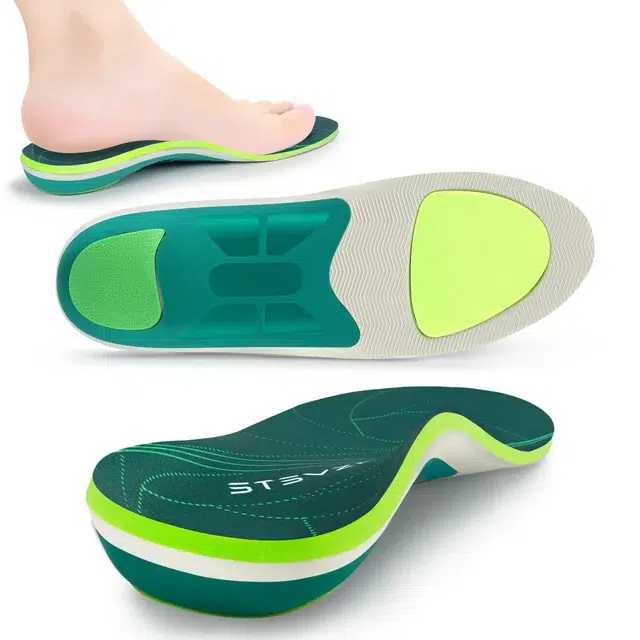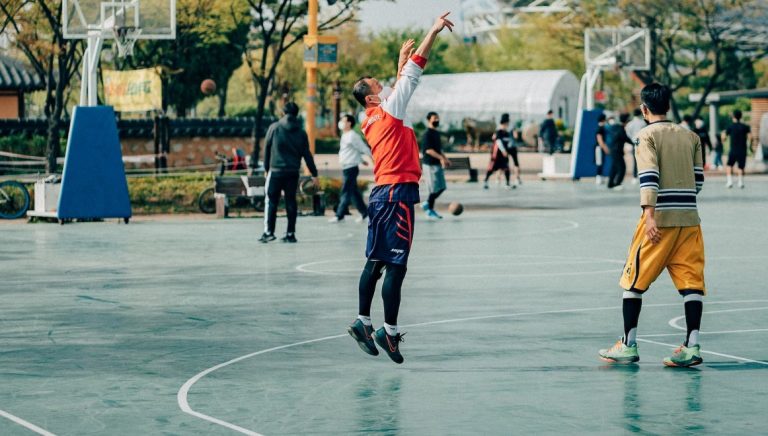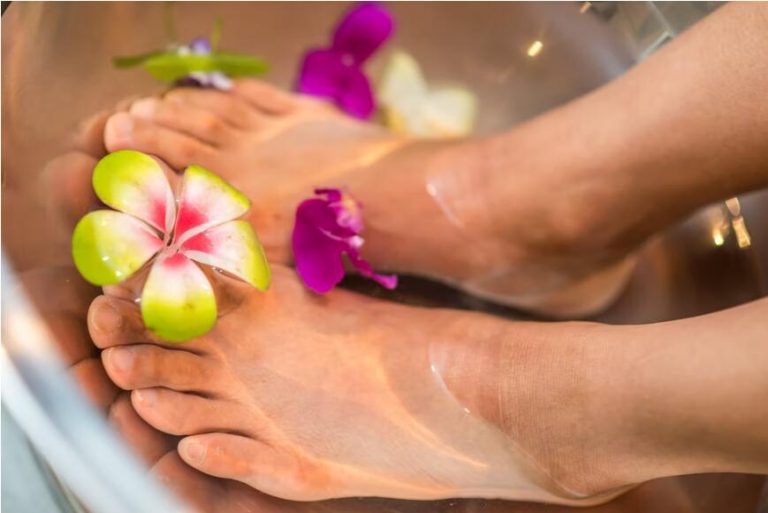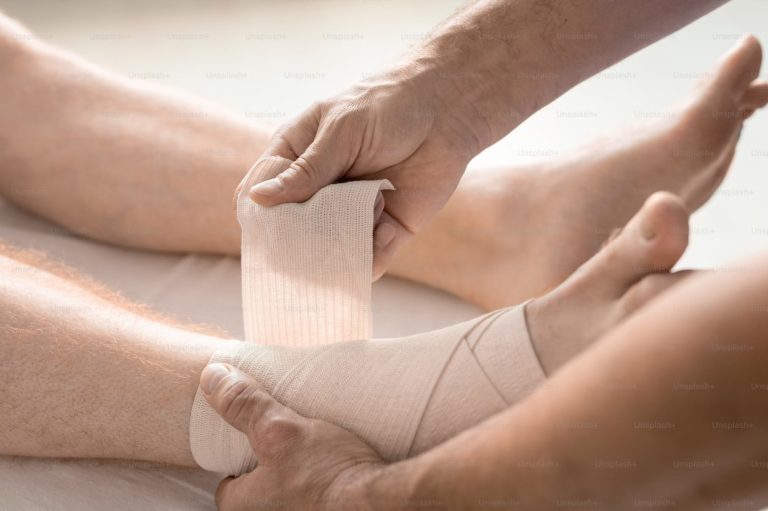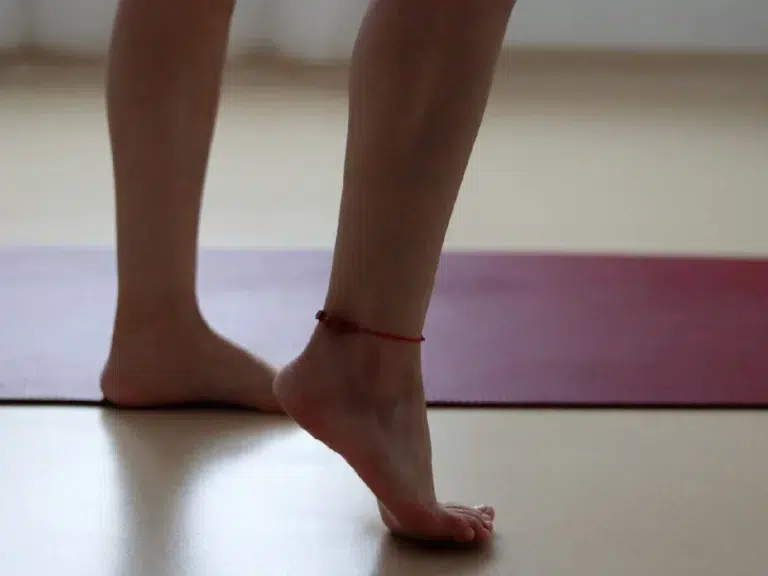Best Insoles for Underpronation: Top Picks & Buying Guide
Dealing with underpronation, or high arches, can be very uncomfortable. I’ve seen how vital it is to pick the right insoles for support and comfort. The right insoles are not just for runners or gym lovers. They help anyone on their feet a lot. They lessen foot pain, fix your body’s alignment, and make you feel more comfortable. Plus, they boost your performance in daily activities.
We’ve got everything you need in this guide on insoles for underpronation. It’s packed with info to help you choose wisely. We’ll talk about the best brands and the most helpful features. With this guide, you’ll be ready to take on your high arches. And you’ll get back to enjoying your favorite activities without worry.
Key Takeaways
- Insoles with strong arch support are essential for those with high arches or underpronation
- Look for insoles with a deep heel cup and firm, stable cushioning to prevent excessive foot rolling
- Brands like Roamingfeet, Superfeet, and Powerstep offer top-rated insoles for underpronation
- Properly fitted insoles can help alleviate foot pain, improve alignment, and enhance overall comfort
- Consider factors like arch height, cushioning, and durability when choosing the right insoles
Introduction to Insoles for Underpronation
Underpronation, or supination, is when your foot rolls out as you move. It’s common and can lead to high arches. It means your feet don’t absorb shock well. This might cause issues like plantar fasciitis, unstable ankles, and knee pain. Insoles for underpronation give your feet the right support and cushioning. They can correct your foot’s positioning, lessen foot and joint stress, and make you feel better.
What is Underpronation?
Underpronation is an outward rolling of the foot during movement. It’s like standing or walking on the outer edges of your feet. If you feel pain because of this, know that you’re not the only one.
Benefits of Using Insoles for Underpronation
Special insoles for underpronation have several advantages. They give the right arch support to fight excessive foot rolling. This improves foot stability and alignment. Insoles with firm arch support, deep heel cups, and strong forefoot design help a lot. They tackle issues like ankle sprains and various pains, making you feel better overall.
“Proper insoles offer stability, distribute weight evenly, and promote better overall alignment throughout the body.”
If you have severe underpronation or a lot of pain, custom orthotics might be the answer. Companies like Bilt Labs make inserts just for you. They use molds of your feet to create supports that precisely fit your needs.
Remember, insoles can help with supination, but they might not cure it entirely. Your shoes, the way you exercise, and your general health all play a part. The key is a complete approach that includes the right insoles, good shoes, and other steps. This can improve your foot position and lessen discomfort2.
ComfortMax Flat Feet Insoles: Our Top Pick
Do you have high arches or underpronation? The ComfortMax Flat Feet Insoles are perfect for you. They support your arches well, keeping your feet in the right position. Plus, they have extra padding in the heel and front of your foot. This padding helps take away shock and lessens pressure. Many testers say these insoles are super comfy. They also helped them deal with foot pain and soreness.
The ComfortMax insoles target people with plantar fasciitis and high arches. They have strong arch support to stop too much supination. And they have soft areas in the heel and front part of your foot. These parts handle shock well. So, you’ll feel less discomfort and tire out less. They are great for people who stand a lot. This can be at work, while working out, or just in your daily tasks.
One big win for the ComfortMax insoles is they can be cut to fit many shoe sizes. This means they can fit your shoes just right. And you won’t have to deal with sliding around or discomfort. The materials used are top-notch too. This makes them strong and last a long time. They’ll keep giving you the support and comfort you need.
Looking for help with underpronation or high arches? The ComfortMax Flat Feet Insoles are a solid choice. They provide excellent arch support and lots of padding. Their design ensures your feet stay both comfortable and supported. This is key for keeping your feet happy.
Dr. Foot’s Supination & Over-Pronation Corrective Shoe Inserts : Best Moldable Option
Dr. Foot’s inserts are perfect for a custom fit. These insoles are heat-moldable and adjust to your feet. They give personalized arch support, easing foot pain.
Pros
- Provides excellent arch support, alleviating plantar fasciitis pain
- Absorbs shock with every step for added comfort and relief
- Made from soft, lightweight foam for cushioning and support
Cons
- May be too firm for some users
- May not fit well in certain shoe styles
- May take some time to get used to
They can be shaped to fit any foot, even high arches. This fit supports the arch well. It keeps feet in the right alignment, reducing muscle and joint stress.
“The ability to mold these inserts to my feet made a significant difference in my daily comfort. I no longer experience the aching and fatigue I used to feel at the end of the day.”
These inserts also offer top-notch cushioning and arch support. They are excellent for conditions like plantar fasciitis. Plus, they are durable and provide long-lasting support for your feet.
Active or on your feet a lot? Consider Dr. Foot’s inserts. They tackle underpronation discomfort with their custom and supportive design.
TOPSOLE Plantar Fasciitis Insoles: Great for Low Arches
The TOPSOLE Plantar Fasciitis Insoles are great for people with low arches. They offer deep support for your heels and extra cushioning at the front. This helps a lot with plantar fasciitis pain. Many people testing them agreed they are really comfy and helped lower foot pain.
Pros
- Provides excellent arch support
- Helps reduce foot pain and fatigue
- Shock-absorbing technology for added comfort
Cons
- May not fit all shoe sizes
- May take some time to get used to
- Not suitable for severe foot conditions
These insoles focus on giving support and comfort for low arches. With a deep heel cup for stability and more padding at the front, they work well. This setup is especially good for handling plantar fasciitis in flat-footed people.
“The TOPSOLE insoles were a game-changer for me. As someone with flat feet, I’ve tried numerous insoles, but these provided the perfect balance of arch support and cushioning. My plantar fasciitis pain has significantly reduced since using them.”
The best part? They are not expensive. This makes them a good choice for anyone with low arches wanting to get rid of plantar fasciitis issues. So, effective and budget-friendly, these insoles are a top pick for foot pain relief.
Other Highly Rated Insoles for Underpronation
There are more top-rated insoles for underpronation than just our best picks. These insoles come with rigid arch support or cushioning aimed at supination and high arches. They are designed to meet the specific needs of these individuals.
CRUVHEAL Plantar Fasciitis High Arch Support Insoles
The CRUVHEAL insoles offer great arch support and cushioning for underpronation. They have a stiff arch that stops feet from rolling inwards. Plus, they cushion well to soak up shock and ease foot pain, especially from plantar fasciitis. Users love how the insoles reduce heel and arch pains. Many say their foot health and comfort have greatly improved since using these insoles.
Pros
- These insoles are designed to evenly distribute weight, ease joint and spine stress, and reduce foot pressure, making them perfect for those with back pain or long hours on their feet.
- The inserts are ideal for people above 220 pounds and offer 1.4-inch arch, assisting in balancing body weight distribution and lessening the impact on the feet.
- Insoles are equipped with heel and forefoot cushioning, shock-absorbing gel pads, velvet coating, and enhanced arch support, ensuring proper foot placement and overall body stability for those above 220 lbs.
Cons
- During the first 3-7 days, some may experience foot pressure as their feet adjust to the arch support. This is normal. To ensure a comfortable transition, we suggest starting with 2-5 hours of wear per day and gradually increasing the time each day until the 7-day mark.
- Some customers with Metatarsal nerve issues on both feet reported that the padding needs to be twice as thick as it is.
- Although these insoles fit most types of shoes, it is important to choose the size carefully and double-check your shoe size before purchasing.
CRUVHEAL Plantar Fasciitis High Arch Support Insoles are made of strong TPU, a shock-absorbing memory foam base, and built-in heel support that cradles the foot to ensure proper foot positioning for stability, heel protection, weight distribution, and back pain relief. They come in various sizes to fit most feet, and the brand offers a 1-year warranty and accepts returns of trimmed insoles.
DACAT Plantar Fasciitis Insoles for Women & Men
DACAT insoles are made for both women and men with high arches and underpronation. They offer deep heel cups and strong arch support to keep the foot stable. They also have cushioning to absorb shock and take stress off the plantar fascia. These insoles come in various sizes for a snug and individualized fit. They’re great for those with high arches and foot problems.
Pros
- Provides heavy-duty support for pain relief
- Enhances balance and stability
- Offers cushioned comfort and breathability
Cons
- May not fit all shoe types
- May take some time to get used to
- May not provide enough support for severe cases
These insoles are designed for those weighing over 210 lbs, providing excellent support to the feet, especially the arches. The deep heel cups provide a solid foundation for your feet, improving balance, stability, and overall body alignment. The shock-absorbing materials reduce pressure points for a comfortable walking or standing experience.
“The CRUVHEAL insoles have been a game-changer for me. I used to struggle with heel and arch pain, but since using these insoles, I’ve experienced significant relief and improved comfort throughout the day.”
– John, 43, Avid Hiker
Factors to Consider When Choosing Insoles for Underpronation
When choosing insoles for underpronation, consider key features. Important is proper arch support to keep foot alignment right and reduce stress. Adequate cushioning in the heel and forefoot is key to lessen shock and offer comfort. And, make sure the insoles are durable for long-term use.
Arch Support
If you have high arches or supination, you need good arch support. Insoles designed for underpronation offer extra arch support. They help prevent the foot from rolling outward. This keeps your foot in the right position and eases strain on your feet.
Cushioning
Good cushioning is vital for those with high arches. They feel more shock and impact. Well-cushioned insoles absorb this impact for a smoother walk. Choose insoles with extra padding in the heel and forefoot for better shock absorption and support.
Durability
Aftermarket insoles generally last about 12 months for daily or regular use, extending to several years with seasonal use. Specialty insoles like those at REI are known for their durability. They’re called “support” or “sport” insoles and are made of tougher materials. Choosing durable insoles means they will keep up with your active lifestyle and foot needs, providing ongoing support and comfort.
By considering arch support, cushioning, and durability, you’ll pick the right insoles for your underpronation. This choice will give your feet support and comfort over time.
Heat Moldable vs. Non-Moldable Insoles
Choosing insoles for underpronation means you pick between heat moldable and non-moldable ones. Heat moldable insoles have a big plus – they fit to your feet. This makes them give excellent arch support and foot alignment just for you. They make your shoes much more comfortable and put cushioning where it helps most.
Non-moldable insoles, though, give a standard fit. They still work well for those with high arches and supination. These insoles offer good arch support and foot alignment without needing any special treatment. So, picking between the two types mainly depends on your likes and what you need.
Both heat moldable and non-moldable insoles can help with underpronation. What matters most is finding the right balance in custom fit, arch support, cushioning, and comfort to suit you. Think about each type’s features and benefits. This way, you can choose the best insole for your feet.
“Investing in the right insoles can make a significant difference in alleviating the discomfort and issues associated with underpronation.”
Choosing between heat moldable or non-moldable insoles aims to get you the needed support and comfort. This, in turn, helps keep your foot alignment right and lower the stress on your feet. With the perfect insoles, you move towards having healthier feet and a better well-being.
Tips for Using Insoles for Underpronation
Underpronation or supination needs the right insoles for support, cushioning, and stability. It’s key to use insoles well to lower discomfort and make them effective for you.
Break-In Period
Wearing new insoles in your shoes needs a slow start. Try them a few hours each day, adding more time weekly. This lets the insoles adjust to your feet slowly. If you rush this, you might find them uncomfortable and stop using them.
Replacing Insoles
To fight underpronation, keep your insoles working well. Good insoles for underpronators can stay good for about a year. They might cost from under $30 to around $60.
Over time, insoles lose their support and cushioning power. So, it’s important to change them every year or when they start to not work well.
“Properly fitting and regularly replacing insoles is key to managing underpronation and maintaining foot health.”
The correct insoles can really help with foot issues and prevent pain and injuries. Stick to these tips for underpronation insoles, and you’ll see the benefits.
Conclusion
Choosing the right insoles can greatly reduce foot pain from underpronation. You can find insoles, arch supports, and inserts at many stores. Look for ones that offer good arch support, cushioning, and last long. These features help individuals with high arches and supination get the best insoles for their foot health. Also, they make walking more comfortable and help with mobility.
Although some experts argue about the use of orthotics, what works varies from person to person. It’s wise to see doctors, like Sports Podiatrists or Orthopedic practitioners, for advice. They can tailor their suggestions to each person’s unique needs, pointing them to the right insoles or treatments. Furthermore, picking out shoes that have motion control and support against pronation is also key for foot health.
Understanding the key elements of insoles is vital towards helping those with underpronation take charge of their foot health. Supination happens a lot, but we can manage it well. Doing so helps reduce pain in the feet, ankles, knees, hips, and lower back, plus cuts down injury risks. The right insoles give the needed support and comfort, improving life quality for those battling underpronation.


